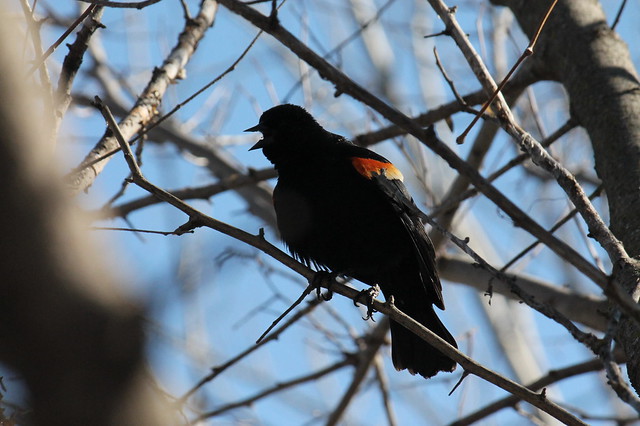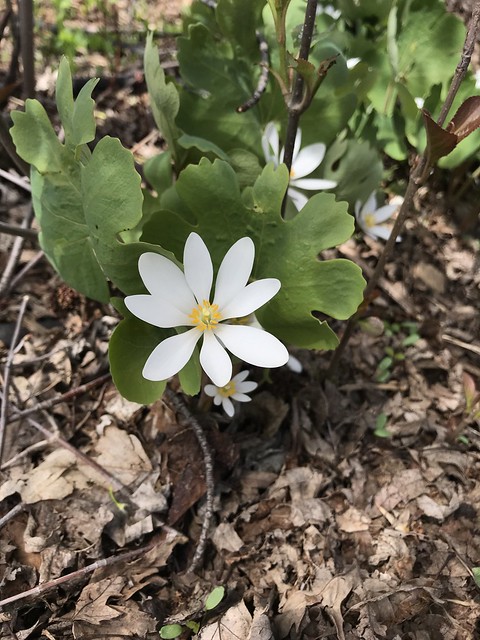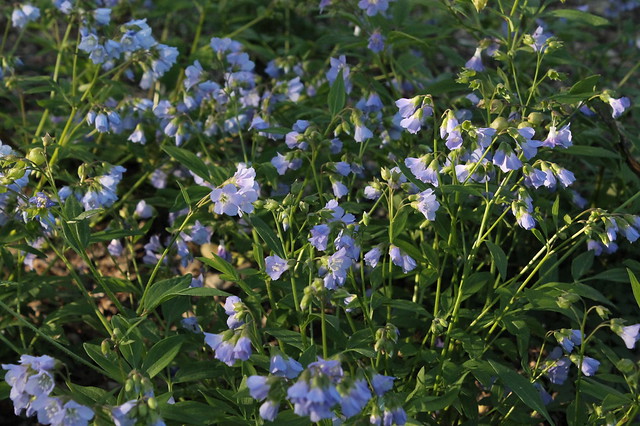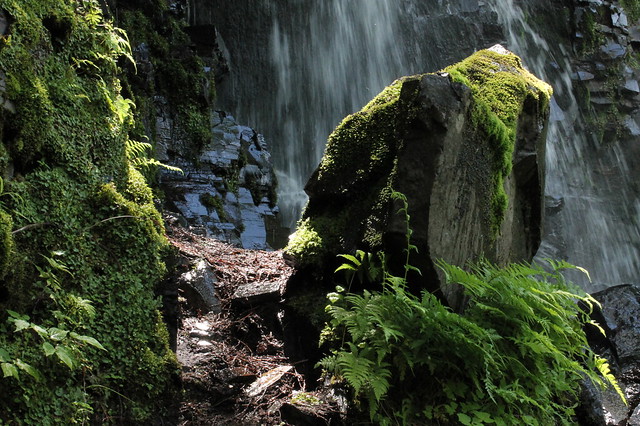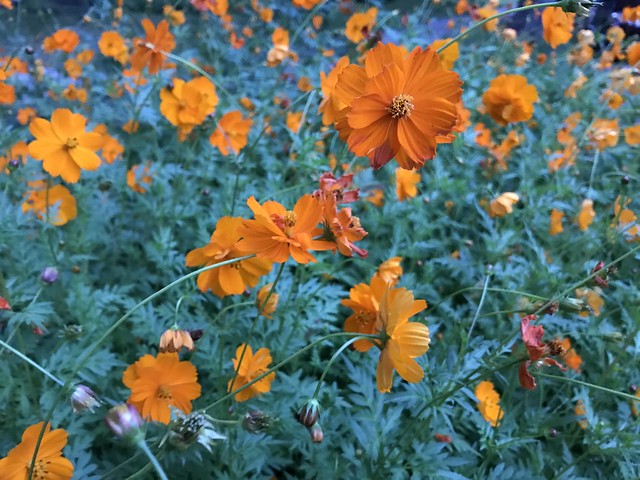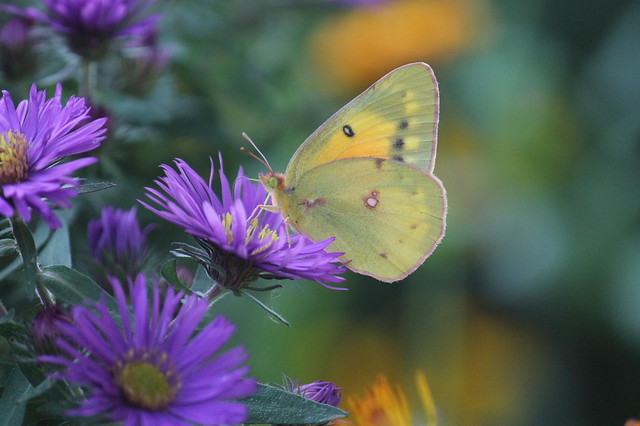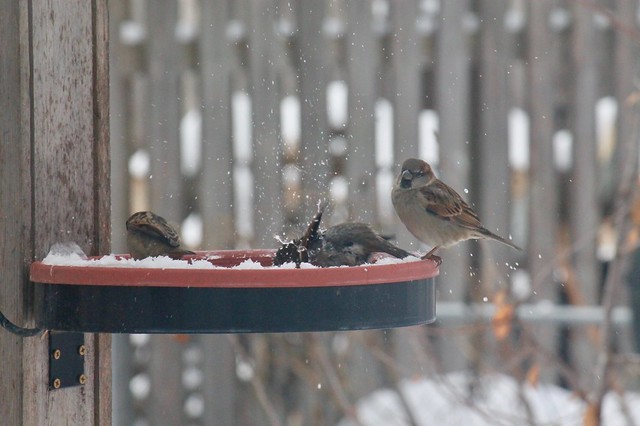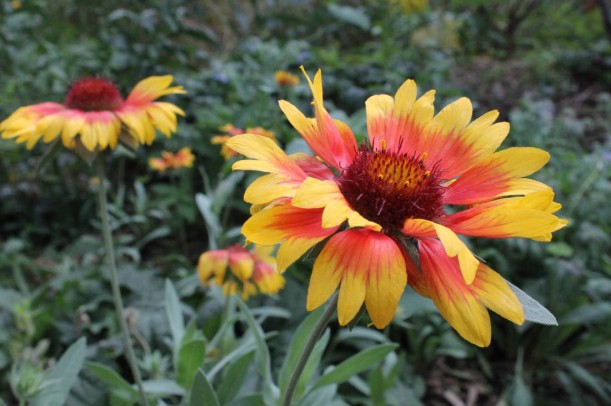I usually plan my gardens in January and February. This year, I was waiting during those months to find out whether my community garden would be available or not this year. Just days after I found out that we would be able to garden there this year (yay!) a … global pandemic hit.
Uncertainty has got to be the word of the year for 2020, yes? My anxiety over the community garden seems laughable now in hindsight.
I’ve decided to plan my garden for the best case scenario—the scenario in which my favorite local garden store is able to supply me with things like onion starts, leek starts, and various other seedlings that I usually buy each spring. My seed starting setup is rather small, but I’m also trying to strategically max that out, just in case. Anyway, here’s my plan. Click to enlarge:
LOTS going on here. First, I need to tell you something sad about my home garden. Reader, I sorta ruined my own home garden plot. How did I do this? Here’s some photographic evidence:
This is my wine grapes and hops arbor—my “booze bower” that was featured in Northern Gardener magazine last August. Behind all that lush, green, tall foliage, to the right, is my vegetable garden. You can see the tomato cage just peeking out at the very far right of the picture near the bottom. What I’ve done here: I created a beautiful, shady, just lovely place to sit in the summer. The unintended consequence: I took away a few hours of late afternoon and evening sunlight from my vegetable garden, especially the west side of it.
As you know, vegetables NEED a lot of sun. I’ve had to do some rethinking of this garden. The plot at the far west is really only good for greens now. Kale and collards grew marvelously in that spot last year and I’m going to try them again—is this best practice? No. I simply can’t rotate other types of vegetables into that spot (except for lettuce, I suppose). I’m going to experiment and try some Hungarian breadseed poppies mixed in with the greens, to see how different types of annual flowers do here.
Last year, even further east in the garden, my beans were all foliage and no fruit:
Now, pole beans always take a long time to get going, and last year was a very late spring. But plants that are very leafy might be trying to tell you something: they’re not getting enough sun.
I had some other fails last year too, one of which is pictured above. I tried to grow Christmas lima beans inside the tomato cage. Here’s the thing about my squirrel-proof tomato fortress: we realized that it is nearly impossible to move, for a variety of reasons. So in late 2018 I decided it was going to stay in the same spot and I’d just rotate different crops into and out of it. I can always grow a tomato in a pot if I’m desperate. Anyway, this year I have the fortress slated for 1/2 tomatoes and 1/2 zucchini. I’m going to attempt to stake the zucchini following this interesting tutorial.
Over at Sabathani Community Garden, here’s where we stand. A high rise building for elderly folks will be built starting in September or October of this year (pending global pandemic easing up, I suppose). This is great news for the community, truly.
We will be kicked out of the garden as soon as mid-September and have no access to it for at least a year. When it reopens it will be a different configuration, the soil will be compacted from having construction equipment on it for 12+ months, and half the garden will now be a parking lot. Again, this was slightly more upsetting before I knew the other things that were coming our way for 2020.
But I’m glad I get to garden there this year. I’m going to refrain from planting pumpkins, since they might not be done in time. I’m moving all leek activity to the home garden since I usually harvest those late August-late October. Even planting brussels sprouts is taking a bit of a chance, but then again I started harvesting sprouts in August of 2019 so hopefully that will be true again this year. Check out this bounty from my community garden plot last August:
The tomatoes were a little uninspiring—diseases are unfortunately rampant in the community garden and our cool wet spring did not help. But I had a banner year of many things, including runner beans:
If you’ve never grown these, I cannot recommend them enough. They are SO easy to grow. They are a vine plant so they need some support, but they get gorgeous flowers, and produce bucketloads of large edible green beans. If you don’t get to them in time and they get very large, no worries! You can simply shell them and eat the seeds like lima beans, or let them dry and use them as dried beans. This plant is amazingly versatile.
So I’ve got my “plan” for 2020 but I don’t feel very certain about it; so much will depend on… so many things. UNCERTAINTY, folks, get used to it, I guess? I’ve never been more thankful for my edible perennial plants. I’ve already got a protective bunny-proof cage around my French sorrel, and keep watching for my lovage to pop up. I can’t wait for some of the wild edibles that I know I’ll see, like garlic mustard and stinging nettle. I can count on raspberries, cherries, and hopefully some apples. I’ve never been a prepper on the scale of the types of people you see on the news, but the little bit of prepping that I have done here is helping to ease some of this uncertainty.
A big area of uncertainty is my teeny tallgrass prairie in my backyard. I had hoped to at least triple its size this year with the addition of 40-50 new plants, but I don’t know what stores will be open / what will be available. I can divide some of what I have and expand it slowly year by year, so it’s not a terrible thing. I am going to need to learn patience. That’s for sure.
Be well, friends. Take care of each other. Call me if you’re local and need divisions or volunteers of wildflowers.








